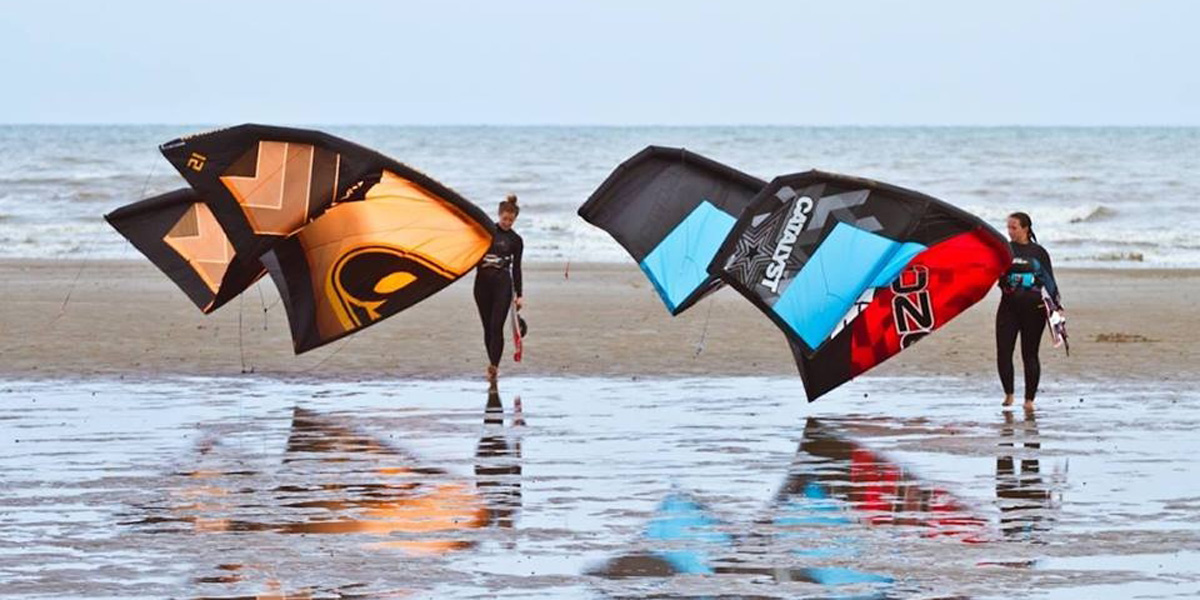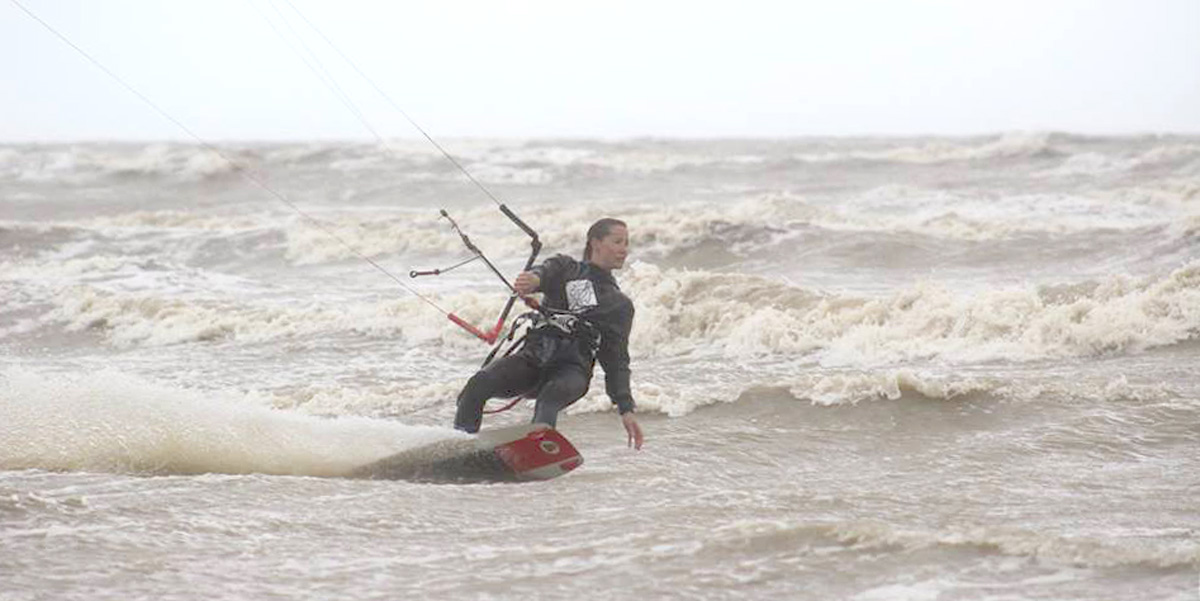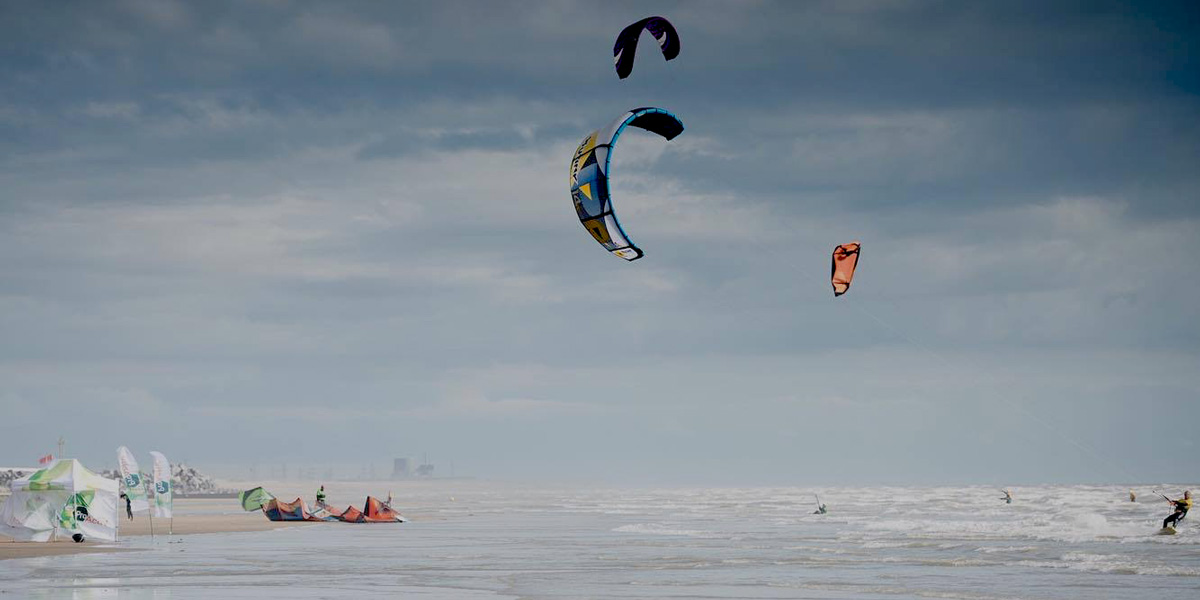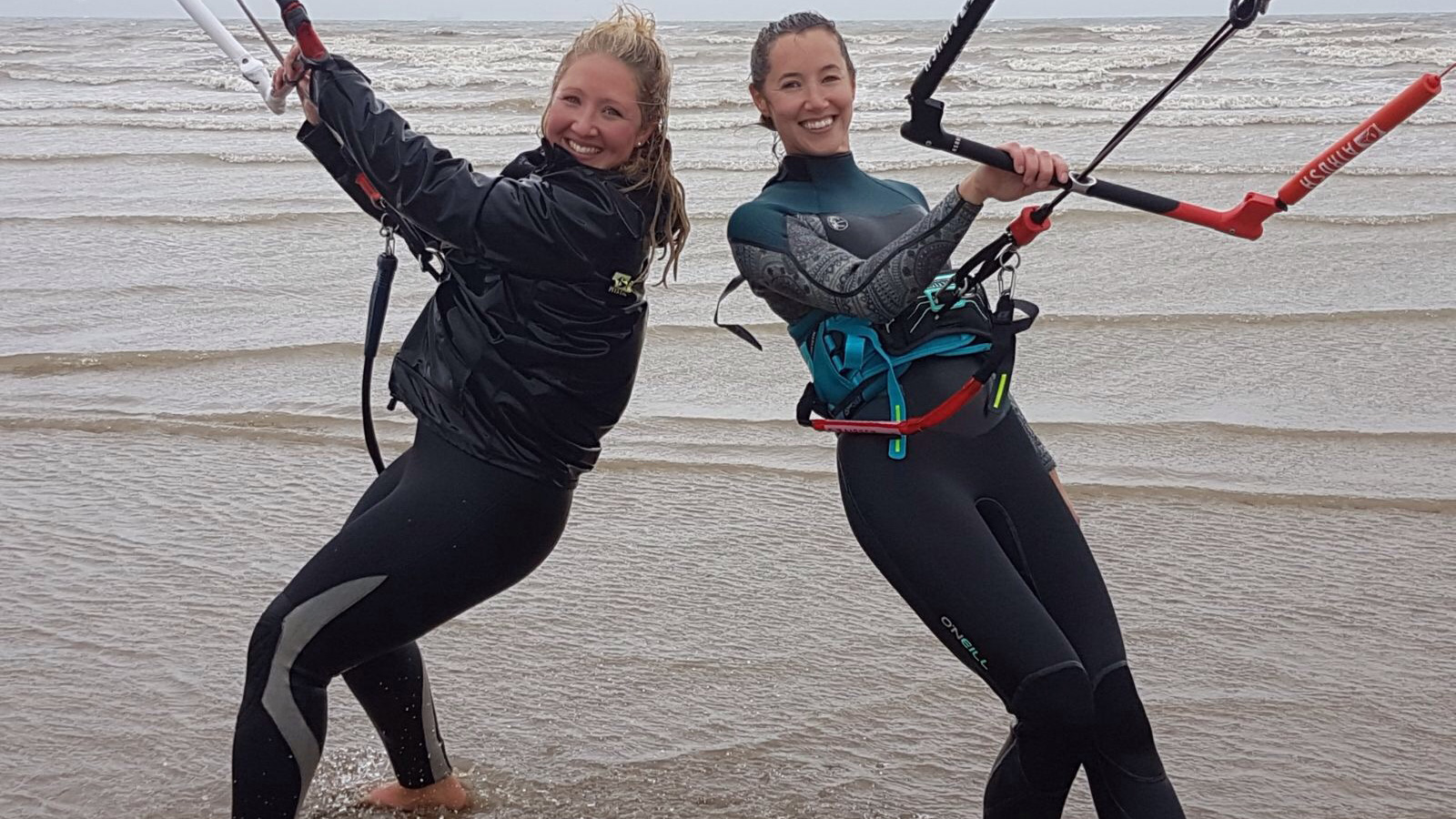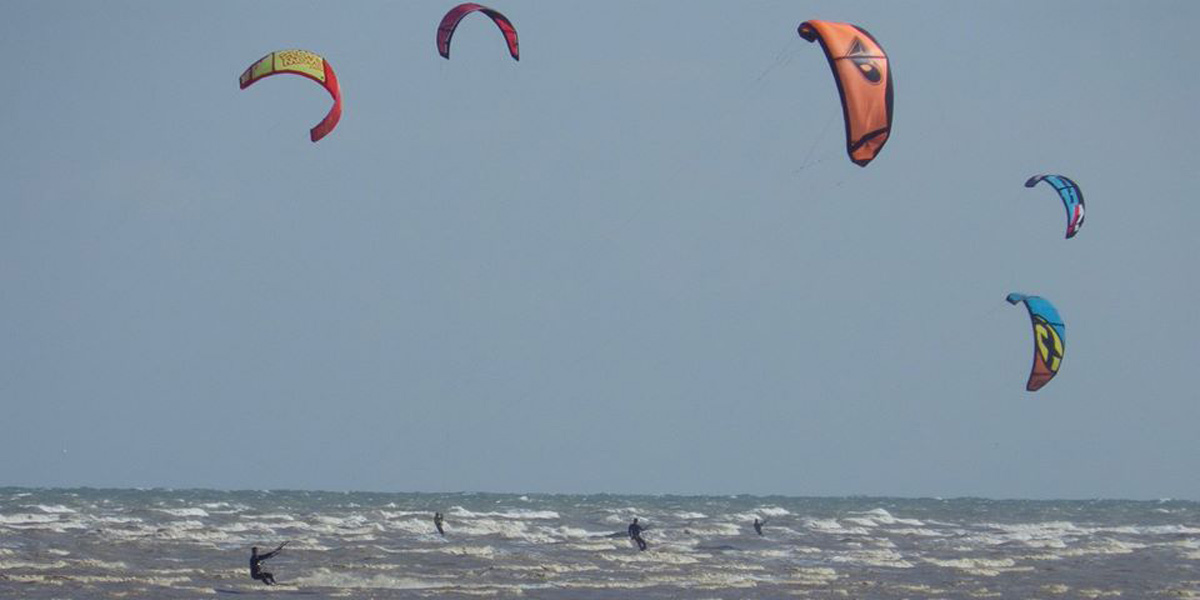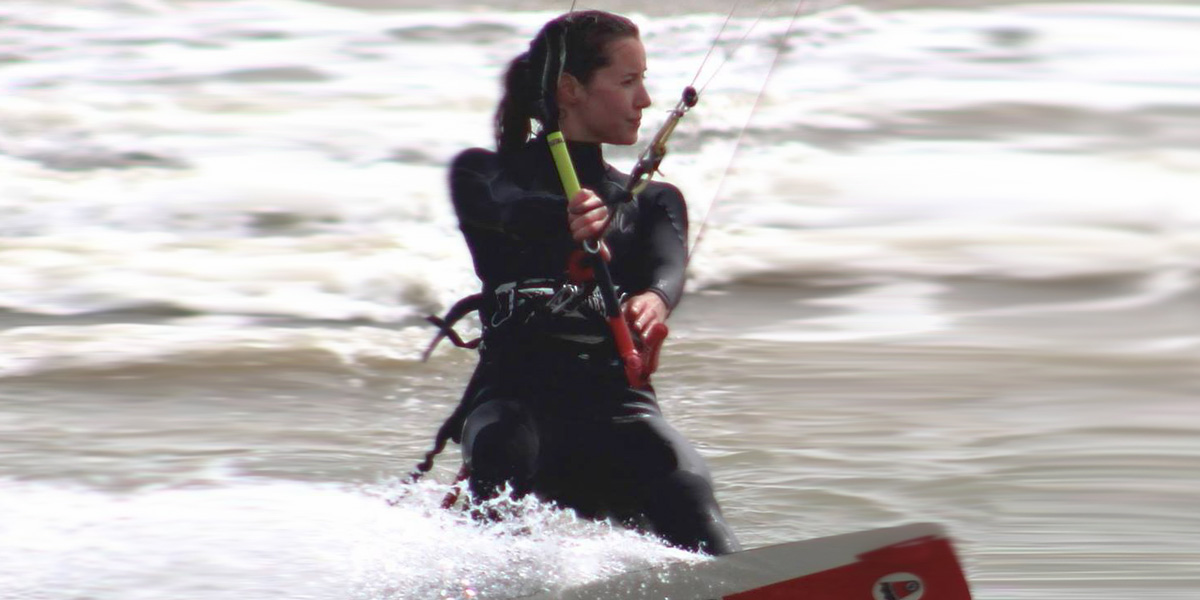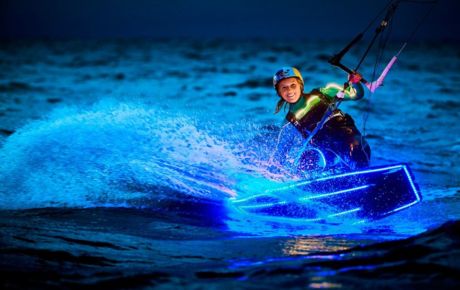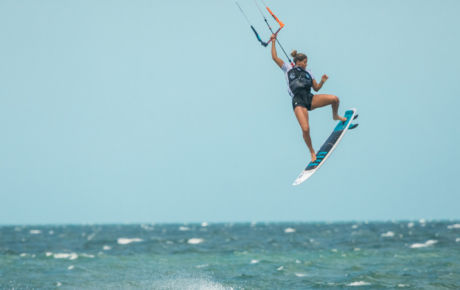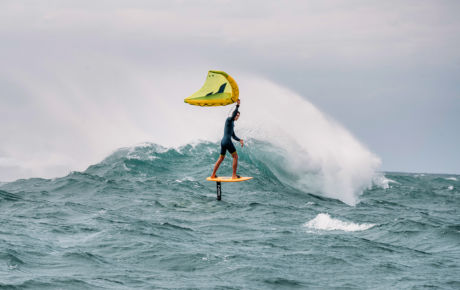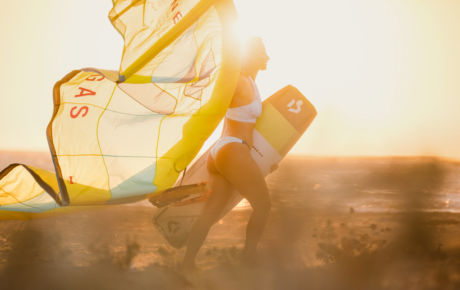After graduating, Sophie Taylor worked in London for a charity. She then pursued her desire to work with young people and has been working in Schools ever since. When not teaching or being kept busy as a housemistress, she can be found at her local beach kitesurfing, walking her dog or in building overalls renovating an old farmhouse with her partner!
She tells us how she got into kitesurfing and offers some candid advice and guidance based on her experiences and we are very pleased to share them with you.
My flatmates at University used to come home to hurriedly scribbled notes on the kitchen table: ‘I’ve gone to find the sea’. With no mobile and no real plan, off I’d wander to get a glimpse of the sea and feel rejuvenated again. In my University holidays, I would get my hit working as a Divemaster on Koh Tao in Thailand. However, once I graduated and began working in London with a ‘proper job’, it was only a matter of time before that familiar pang would rear its head.
I must admit that diving in the UK didn’t appeal, and so I sought an alternative way of getting me back to the water. Having never lived near a kitesurfing spot, it wasn’t until I was on holiday in Morocco that I first saw kitesurfing. Not satisfied with sitting on a beach for a week, and intrigued by these figures racing across the water, I thought I would give it a go and signed up for a three-day course…

